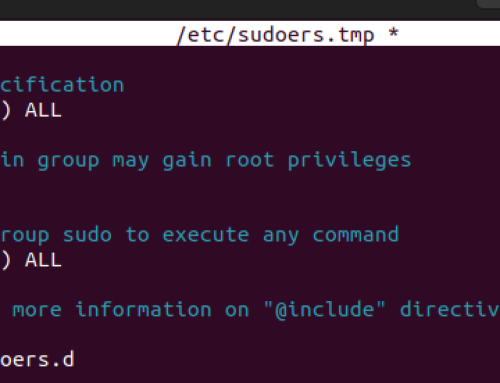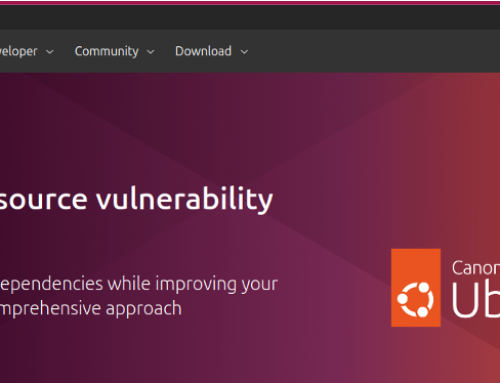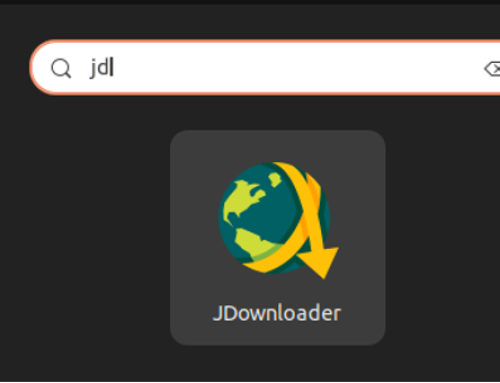Data is sensitive, and when you perform an accidental deletion, you may find peace knowing that it’s possible to recover the deleted files. Provided you have the right data recovery tool, you can recover your deleted/corrupted files on your storage media.
This post presents a list of the top 20 Linux data recovery tools that you can use. The listing is randomly created, and trying different tools to find those working best for your data recovery needs is recommended.
Here are some of the recovery tools to use in Linux.
1) TestDisk
It is an easy-to-use command-line Linux data recovery tool mainly used to recover damaged partitions. Besides, it can help rebuild your partition table and rewrite the MBR to recover data.

Moreover, TestDisk creates partition backups for EFI GPT partitions, and its open-source nature makes it a favorite choice for many users.
2) Ddrescue
It was developed by GNU and is an ideal option for someone looking to recover data when facing bad sectors in their drive.

Ddrescue is flexible in that you can stop/resume the recovery activity, and during the rescue process, only the needed blocks are read, making it an efficient data recovery option.
3) PhotoRec
It is another open-source command-line Linux data recovery tool. Its main design purpose was to recover deleted graphic media and photos from a hard drive and SD cards.

PhotoRec can recover data in various file formats, and even when your hard drive is damaged, you can still recover the data.
4) Mondo Rescue
It is a free command-line Linux data recovery tool that can be used for personal or business data recovery needs. You can also use it to test your system’s dependability in case of data loss or damage.

Mond0o Rescue supports both RAID and non-RAID devices.
5) Foremost
Foremost comes pre-installed in some Linux distros as it is a forensic data recovery tool for recovering lost files.

It relies on data structures, headers, and footers in the recovery process, and although it was designed for law enforcement, you can use it to recover your deleted files.
6) R-Linux
If you’ve lost your data following a virus attack or system crash, like in a case of power failure, R-Linux is one of the free recovery tools to use.

R-Linux can be used with Ext2, Ext3, and Ext4 file systems; even if your files were reformatted or damaged, they will be recovered
7) SafeCopy
It is designed to help recover data from corrupted files. Moreover, it comes with a simulator to visualize the defective media.

SafeCopy also helps repair data errors on storage devices such as DVDs and floppy drives. Additionally, SafeCopy executes low-level commands to help reset and extract deleted data.
8) Redo Rescue
It is a GUI-based utility used in a Linux environment to recover data. Moreover, it comes installed with applications such as browsers that you can utilize during recovery.

Redo Rescue also allows users to work with other applications on their Linux system without interfering with the data recovery.
9) Boot Repair
If you are facing a case where you can’t boot into your system and want to recover files, Boot Repair is the tool to use.

Boot Repair will recover your data while allowing you to repair the GRUB. It also generates a generic MBR to boot on another operating system and recover your data.
10) Scalpel
It is a carving utility that utilizes multi-threading and asynchronous IO in its data recovery process.

Scalpel was initially based on Foremost but its now a standalone utility that supports Regex and offers a faster data recovery process.
11) Ultimate Boot CD
The tool acts as a collection of diagnostic tools thanks to its numerous features.

Some of its features include disk partition tools, login recovery, system stability tester, CPU Stress, BIOS, and CMOS Cleaner.
12) SystemRescue
This data recovery tool offers multiple features, making it appear like a collection of tools, such as ddrescue, TestDisk, etc. Most of its features are what other data recovery tools focus on.

Therefore, SystemRescue will perform better in data recovery and fixing corrupt sectors.
13) Knoppix
Apart from using Knoppix as a data recovery tool, you can also utilize it as an operating system.

It comes with GNU/Linux software, automatic hardware detection, and supports various graphic and sound cards.
14) ext3grep
If you use an ext3 file system, you can use the ext3grep tool to recover and restore deleted files. Unlike other tools we’ve discussed, this one only works with ext3 file systems.

15) ext4magic
It is a command-line data recovery tool for the ext4 filesystem. You can utilize it to recover entire file systems and accidentally overwritten files.

Moreover, ext4magic recovers the first sectors of an overwritten hard disk.
16) GParted Live
GParted is used for different tasks, including partitioning. You can also use it for data recovery by utilizing the GParted Live version with Test Disk and other tools to help with data recovery and managing your partitions.

17) Extundelete
It is an Ext3/4 recovery tool that relies on the ext2fs library. Although Extundelete doesn’t restore the soft or hard link, it will restore the file that the link pointed to.

Provided your Ext4 filesystem contains a journal, you can recover the deleted files using Extundelete.
18) The Sleuth Kit
The Sleuth Kit is another forensic data recovery tool that utilizes advanced algorithms to extract deleted data from hard drives.

Some of its features include Email analysis, timeline analysis, and registry analysis.
19) grep Command
Linux offers the grep command for searching text within files. However, you can use the grep command to recover data by searching for it in a target source.
For instance, if your target source is /dev/sdb1 and you want to search for a text containing ‘linuxmeta users,’ you would run the grep command below.
The -a specifies the source is a text file, -A specifies the number of lines before the target text, and the -B specifies the number of lines after the text. That way, you will recover and save the entire text file in the output.
20) R-Undelete
Last on our list is a freemium data recovery tool. It supports MBR and GPT recovery and can be used for boot sector recovery on file systems such as FAT, ext, etc.

However, some of these features are only available on its premium version.
Conclusion
This post shares the top 20 best Linux data recovery tools that you can use. From this list, we hope you can find tools that work for your case and help you recover your deleted or corrupted data.




